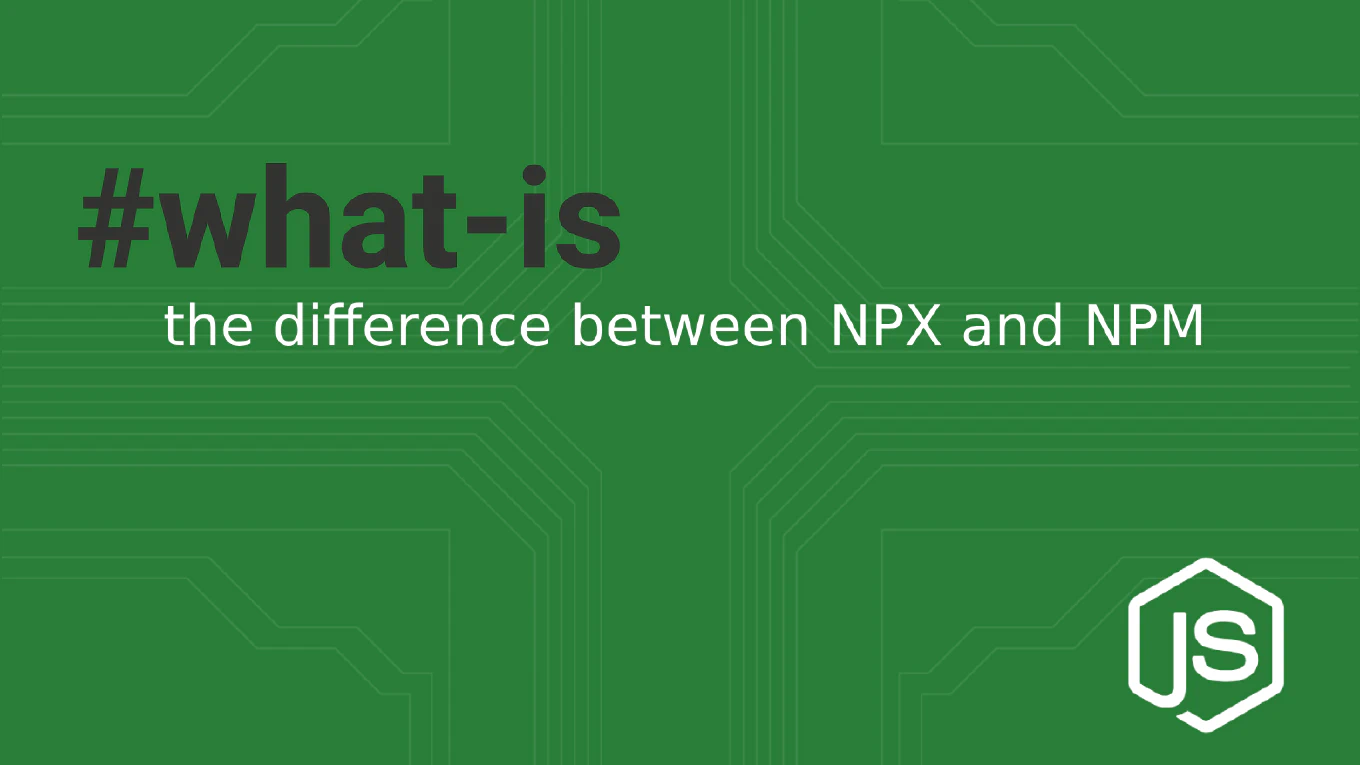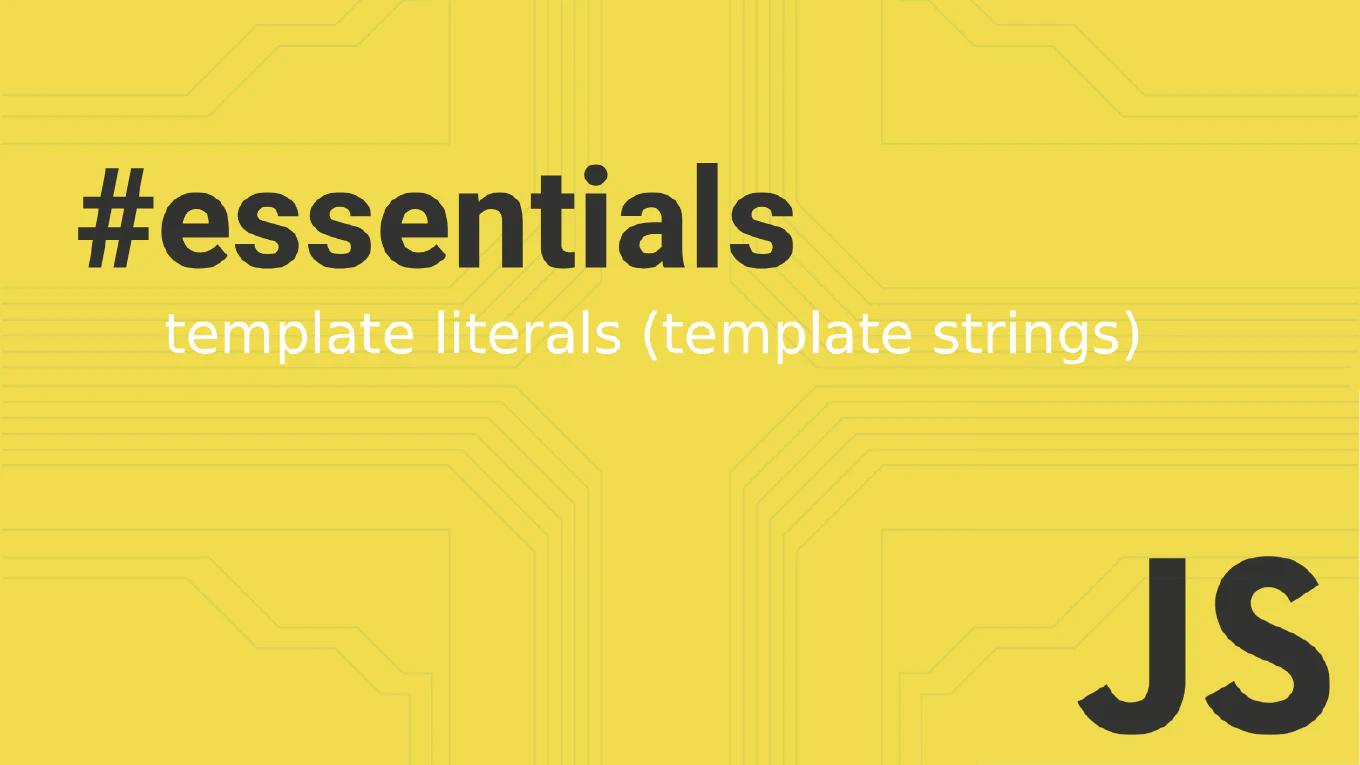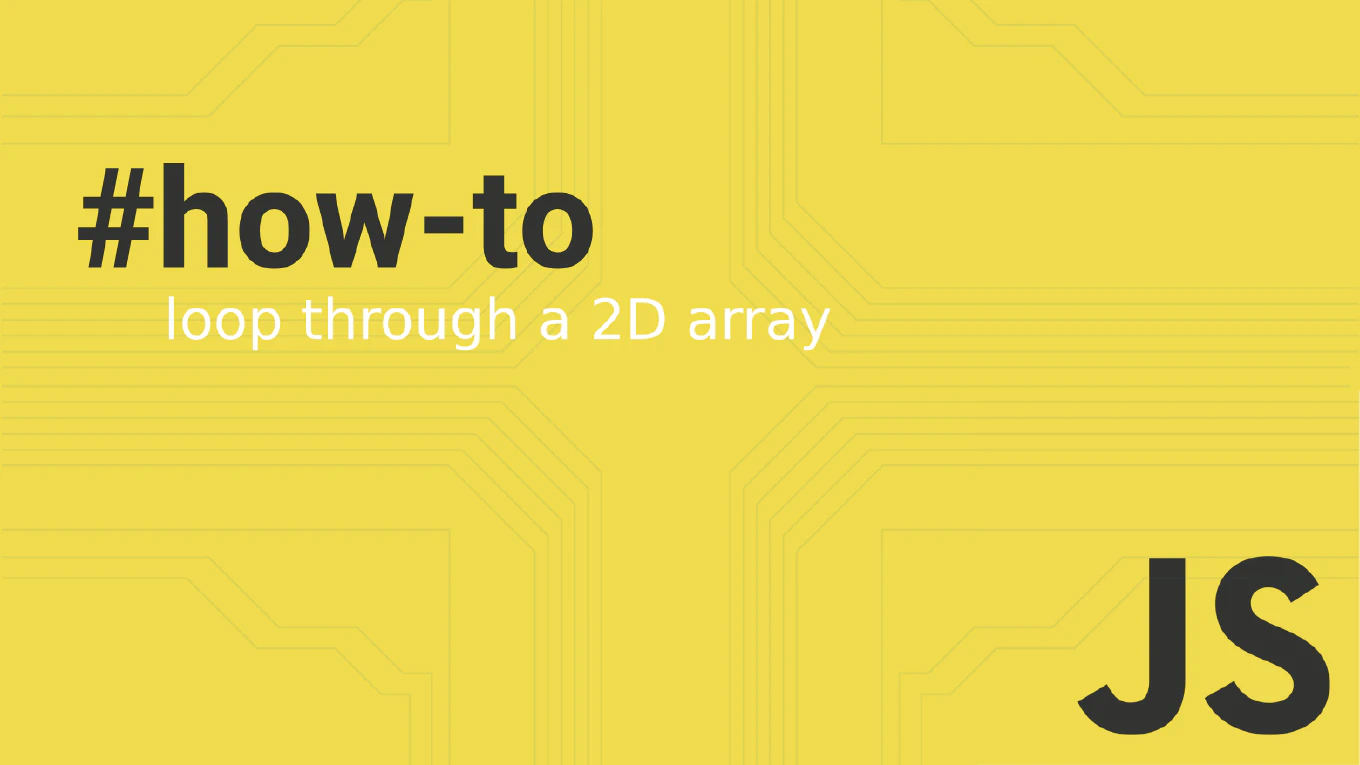How to get the current date in JavaScript
Getting the current date in JavaScript is fundamental for timestamps, user interfaces, and date calculations in web applications.
As the creator of CoreUI, a widely used open-source UI library, I’ve implemented date handling in countless dashboard components and form controls.
From my expertise, the most straightforward and reliable solution is to use the new Date() constructor without arguments.
This method instantly returns a Date object representing the current moment in the user’s local timezone.
How to get current timestamp in JavaScript
Getting the current timestamp is essential for logging, performance measurement, and unique ID generation in JavaScript applications.
As the creator of CoreUI with over 25 years of development experience, I’ve used timestamps extensively in production systems for tracking user interactions and measuring component performance.
The most efficient and widely supported method is using the Date.now() static method.
This approach provides milliseconds since Unix epoch with minimal overhead and maximum browser compatibility.



